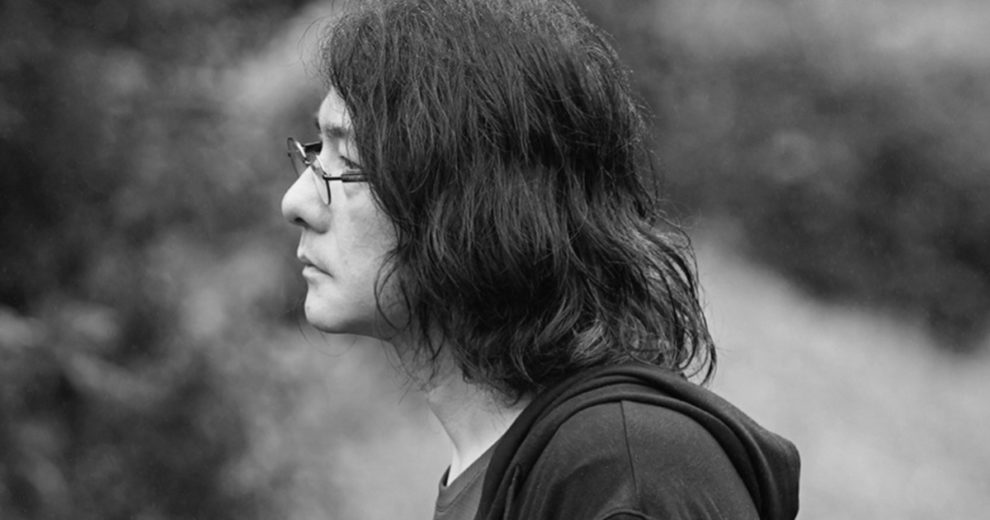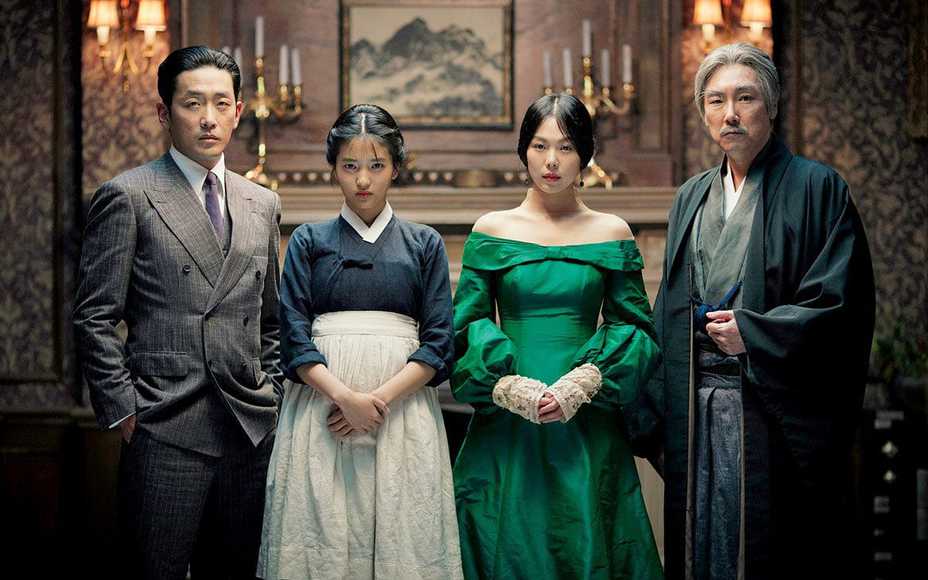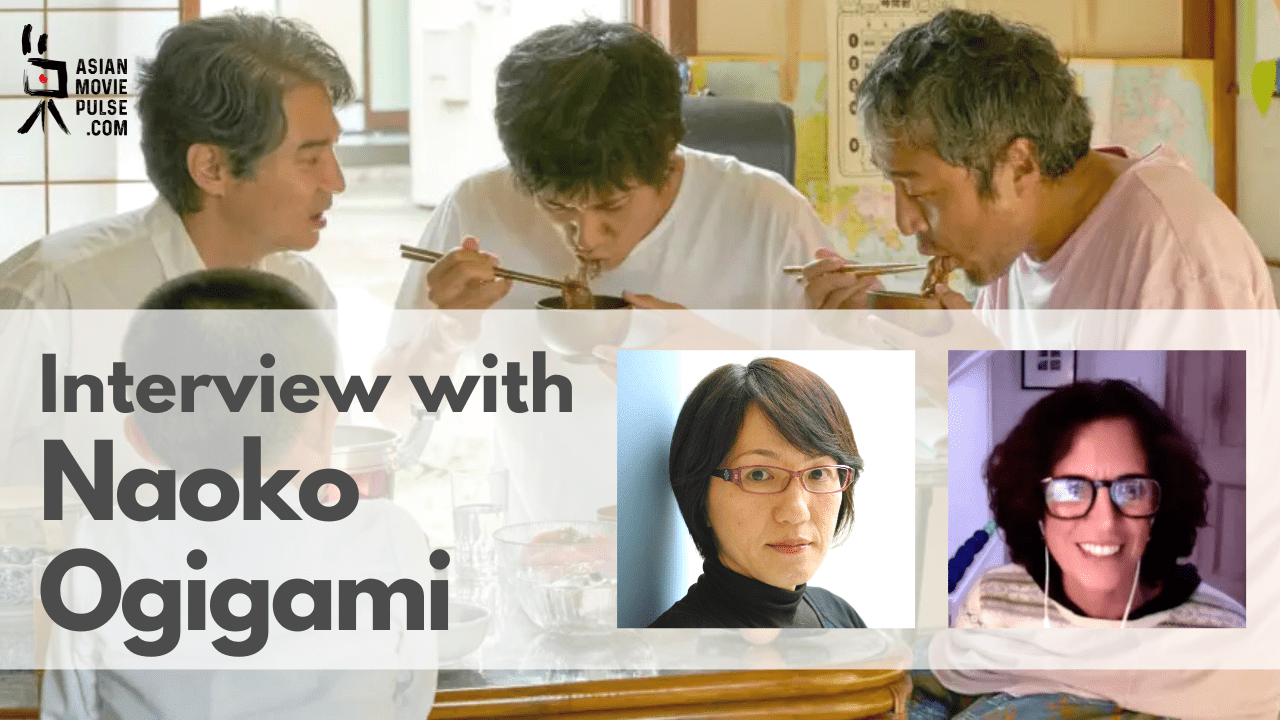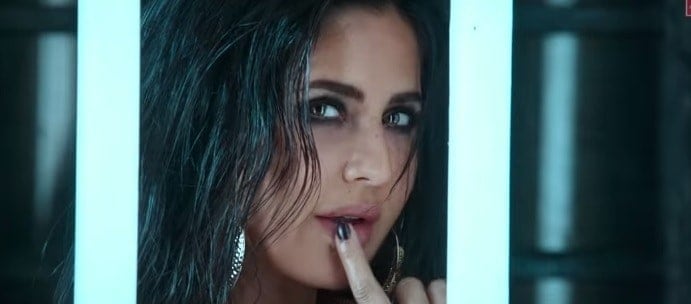Shunji Iwai graduated from Yokohama National University in 1987. He wrote and directed numerous music videos, commercials and television dramas before he moved to cinema. His TV drama “Fireworks, Should We See It From the Side or the Bottom?” (1993) earned him the Director's Guild of Japan New Directors Award. He made his feature film debut “Love Letter” in 1995. “Swallowtail Butterfly” (1996) was nominated for the Golden St. George at Moscow International Film Festival. “Vampire” (2011) marked Iwai's English-language film debut and was nominated for the Sundance Grand Jury Prize. For his 2016 film “A Bride for Rip van Winkle”, he was inspired by internet dating. The film was released in multiple versions, including a six-episode television series. In 2016, he also received a Star Asia Lifetime Achievement Award at New York Asian Film Festival. Besides directing, he has written several essays, novels and screenplays, as well as composing the soundtrack for seven of his films. In 2018, he adapted one of his novels into Chinese-language film Last Letter before releasing a Japanese adaptation with the same name in 2020.
On the occasion of “The 12 Day Tale of the Monster That Died in 8” screening at International Film Festival Rotterdam, we speak with him about “Last Letter”, shooting a quarantine kaiju film in black and white, capsule monsters, the pandemic in Japan, and many other topics
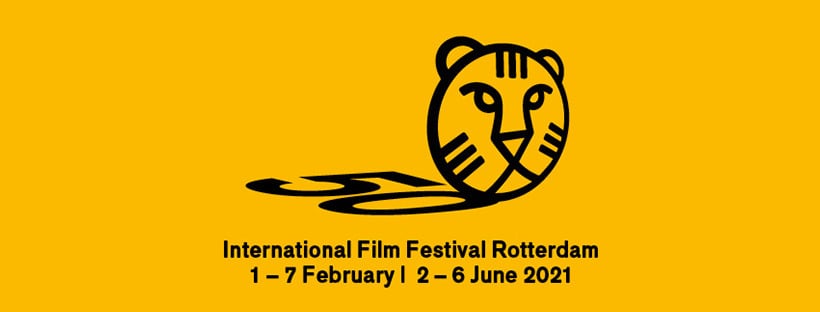
I would like to start with your previous film, “Last Letter”, which was first a novel, then it became Chinese movie and then a Japanese movie. Can you give us some more details about the whole project?
I feel that it is not that efficient coming up with one story to make a two-hour film. I think it is better to let the story grow. It actually started with a short film, and then I added things and it grew a little bigger and then eventually the Chinese version and the Japanese version came about. The two versions do not differ that much from each other; they are very similar. Regarding the novel you mentioned, the protagonist in the film is writing one, and I have actually written that novel already although it has not been published yet. I am talking with some companies about that and I am secretly hoping that maybe someday, I will make a film about that novel as well.
Regarding “The 12 Day Tale of the Monster That Died in 8”, How was the experience of shooting a quarantine film?
We are obviously under special circumstances and this particular shooting was made under special conditions. So, it was a necessity, but I also perceived it as a rare chance to shoot a rather different film, and I tried to enjoy it as much as I could.
Are you satisfied with how the movie turned out then?
All in all, I think I can say I am satisfied. Throughout the shooting, I felt as if I was inside a submarine, although I was in the exact same room as I am now, giving directions to the actors and crew. I am very happy with how the CGI turned out and how the monsters look. I felt trapped physically, but I am also very happy about the end result.
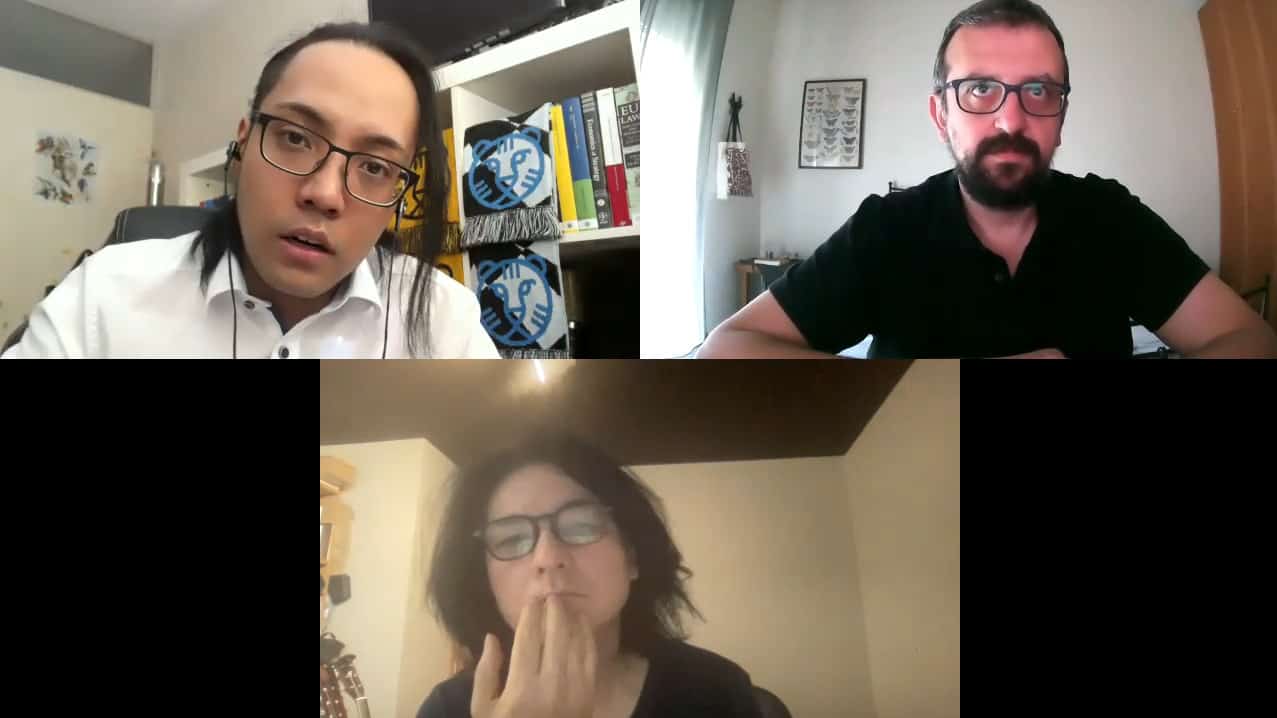
To add a little more, for films, you have to start from the story to make a base, a foundation, but for this production, I was really going freestyle and working offbeat all the time. If I wanted to add dancers between the scenes, I could do that freely. This kind of work is not possible usually, so it felt really refreshing. I think that this was something I always wanted to do.
Why did you decide to shoot the film in black and white?
It started by using Zoom and how observed how Zoom looks, which is very conference-style obviously and feels a bit too office-like. I found it difficult to place this format within a film. Therefore, I decided to put a kind of a filter. At the same time, the movie is also an homage to the kaiju films I watched in my childhood like Ultra Q, Godzilla and Gamera and the Ultraman series, which were in black and white at first. This was my first kaiju film actually.
Can you give us details about the casting? Was it difficult to get actors to play in such a movie?
Not all actually, the casting process was very easy. Film production in Japan at the time was at a standstill, so they were very available
How did you come up with the idea of capsule monsters, and how you created them?
The Capsule Monster Project started during lockdown by director Shinji Higuchi, a special effects specialist, along with some of his friends, to have a cheering up effect on the web. They created a collection of short films where they would fight the corona virus with the kaiju monsters they owned themselves. Eventually, they contacted me to take part. I did not own a kaiju figure myself, so I asked Higuchi if I can make one myself. He said it was fine and that was actually the starting point, and a number of ideas and stories came up within me. This film actually originated as a spinoff of that project.
The monsters you see in the film are actually molds made from soft erasers that are used for drawing.
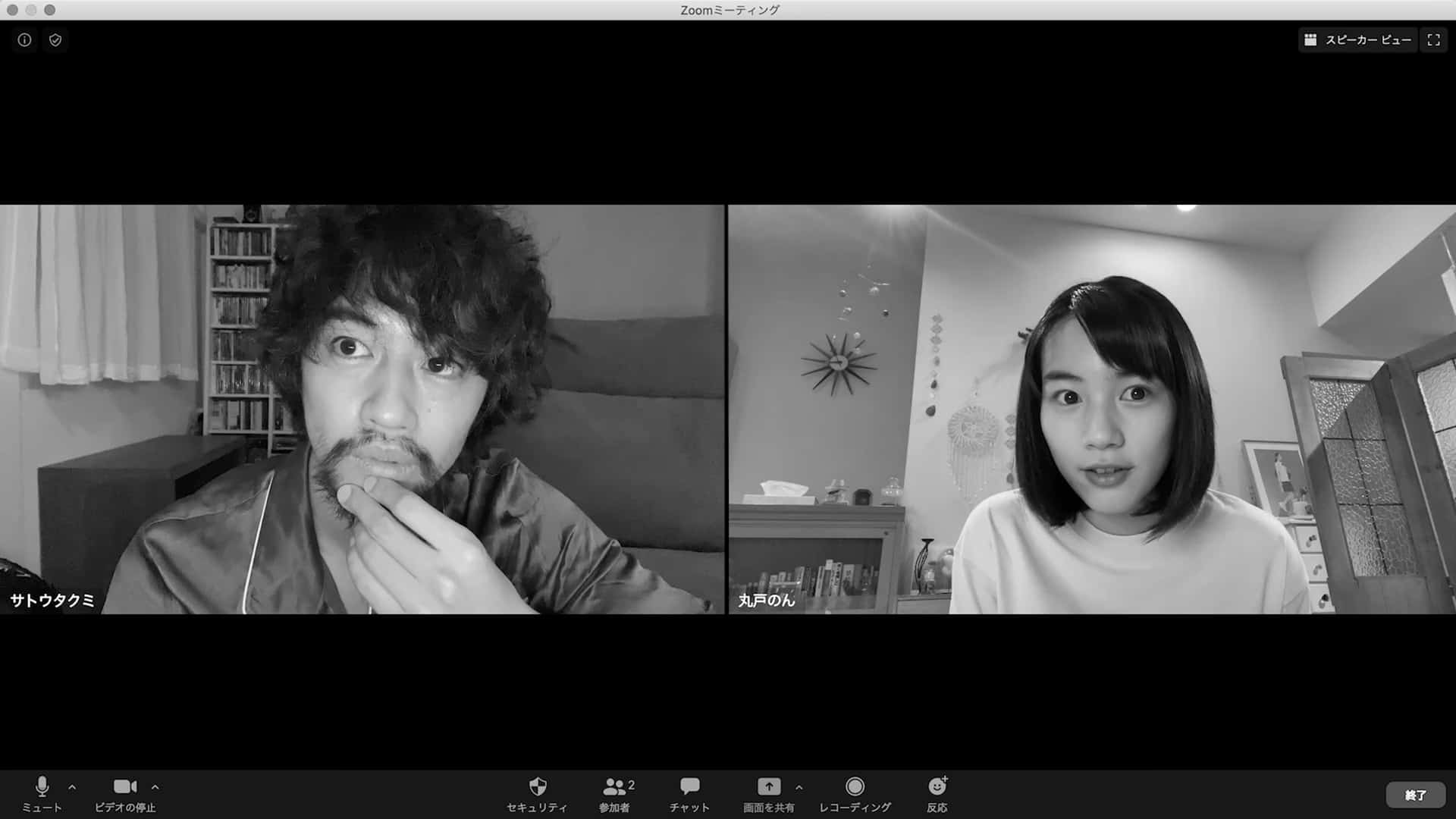
Does this thing with the capsule kaiju actually exists? Something like the Tamagotchi in the past?
It is not actually a popular thing for children that is being sold, for example, like the Tamagotchi you mentioned, but is more like a mania, a very niche thing, because the capsule kaiju are known to the older generations from the Ultraman series, they first appeared on Ultraseven, where three capsules were used. That basic idea is one Japanese people are very familiar with. For example, in the Pokemon game, you start with three capsules
Would you say the film also functions as a tribute to pop culture?
I would not say it is a tribute to pop culture. The basic idea of this film was to depict Tokyo under lockdown, which is a very odd scene, because Tokyo is always full of people. So in this setting, Youtube has become a part of daily life, in a way that feels natural to people. Having this concept as a base, the writing of the film went very smoothly, I had very little hesitation. It was like when I was a little kid in elementary school, because then, I used to draw manga about kaiju I fantasized about. So the film was more from that perspective, I wanted to make my own story about kaijus.
Did you allow for much improvisation in the film?
It was mostly following to the script, although there were bits of improvisation. The main scene of improvisation was the one with Takumi Saitoh and director Higuchi. That was just a scene without lines, just a description about Saitoh receiving information about kaiju from Higuchi.
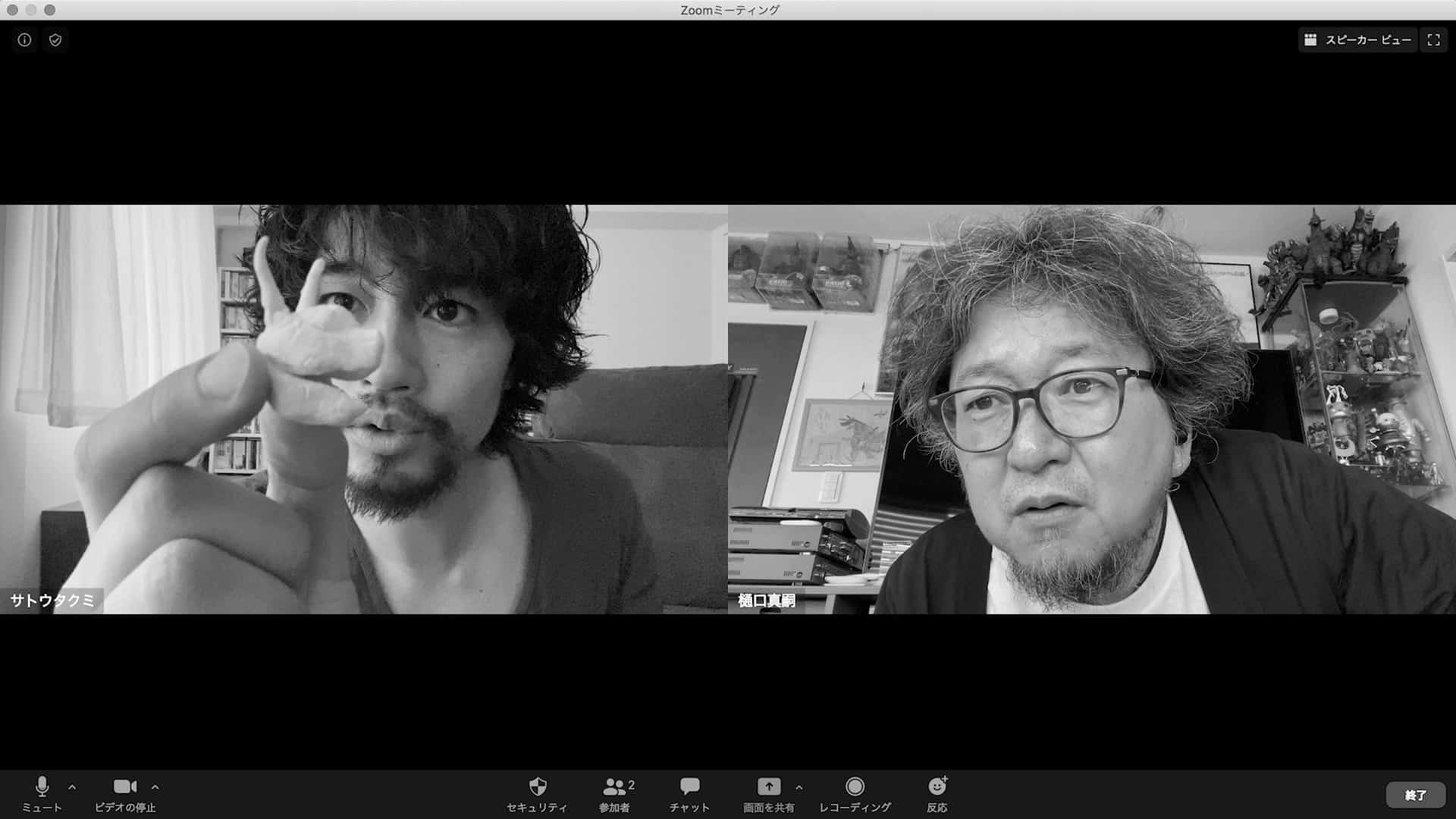
Can you give us some details about the two dancers that appear in the film, their performance and the song that is heard during? Were there essentially the two kaiju that Saitoh lost during the movie?
The dancers are a contemporary dance group I found through some contacts; it was the first time for me working with them. My main purpose of their part is to express the daily lives of people, their feelings during the lockdown through a kaiju theme. One of them did the choreography actually.
The songs and music are made by Ikire, which is a music group I am also a member of. We wrote three songs with a kaiju theme that would accompany the dance performances.
Regarding the pandemic, what is your opinion about how the people handle it and how the government handled it?
Everyone is very confused and there is a lot of hesitation about the pandemic and the general opinion is that Japan's situation is a bit better than Europe or the United States or the recent situation in India. At the same time, public opinion is split. On one side, there are those who think that it is going to be all right, and on the other, those who believe that it is very dangerous and a very critical situation. There is a lot of fighting about that.
Regarding the government, I think they tried to deal with the problem through small-scale and small-budget solutions, which has led to some criticism towards them.
Are you working on any new projects at the moment?
There are no green lights for any projects as of now, but there is this novel I have been writing for two years which will be released in Japan. Furthermore, I am talking with a Chinese team about a possible film adaptation, but that is still just a discussion. I am also discussing ideas with a US team about a film. I don't think I will manage to start a production within this year, before the end of this year. I was thinking of making a short film, but that is a maybe also.


